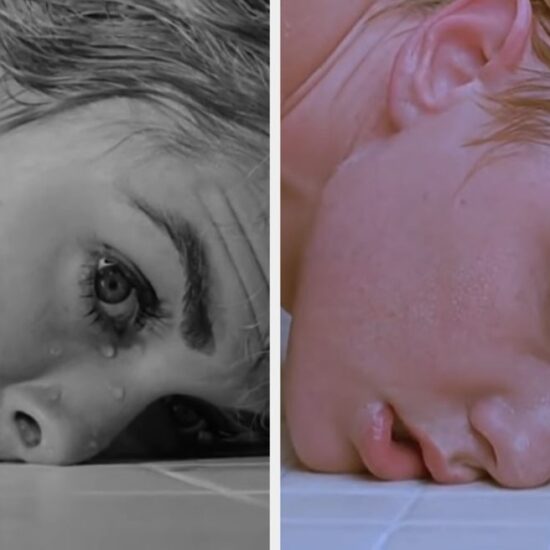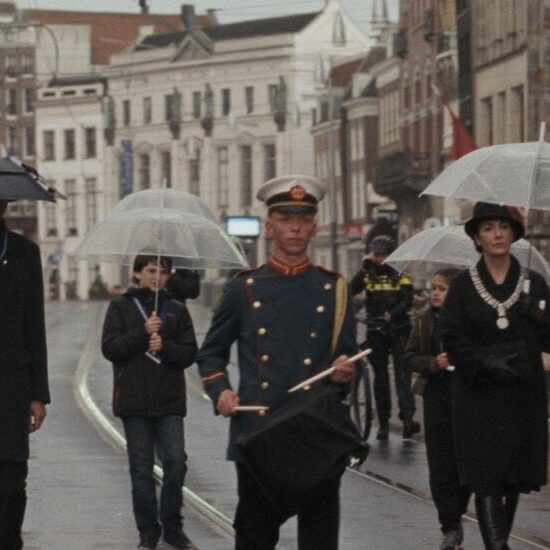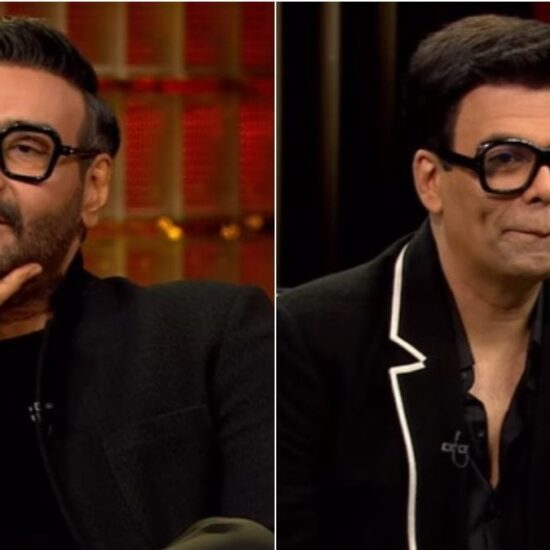
And that would surely be just. With #MeToo, Black Lives Matter and other epochal changes roiling American life, the theater has finally begun to talk openly about its foundational and continuing inequities. Sometimes the talk is just lip service, to be sure, as toothless statements on company websites attest. But more than ever, practitioners and critics are asking difficult questions about how we make actors, how we make plays, how we make seasons, how we make money — in short, how we make theater.
It’s about time. For too long the industry has accepted all kinds of impropriety and unfairness as the supposedly inevitable cost of greatness. It has tolerated working conditions and wages that in some cases approach the Dickensian. For the sake of profit or what we glorify as the demands of art, it has laughed as bullies like the producer Scott Rudin terrorized their underlings, and has winked at the sexual misdeeds of men like Harvey Weinstein. In the process, the theater — like most other art forms but perhaps more intensely — has found a neat way to keep its doors largely shut to those who by reason of race, class or connection are not already part of the club.
The Great Read
More fascinating tales you can’t help but read all the way to the end.
Only recently has anyone been called to account, as a trickle of public allegations and cloudy repercussions have sidelined the playwright and artistic director Israel Horovitz, the director Gordon Edelstein, the casting director Justin Huff, the actor Kevin Spacey and the costume designer William Ivey Long. Actually, Long, who has denied accusations of sexual abuse by at least two former assistants, isn’t so sidelined; though he “parted ways” with the production of “Diana, the Musical” in 2020, his work on that show has nevertheless been nominated for a Tony Award at the ceremony honoring achievement in the theater on Sunday, June 12.
But maybe, in the wake of the existential crisis of Covid-19, when the ingrained practices of decades ground to a sudden halt, we are finally approaching an inflection point. What’s on the other side of that inflection is worth thinking about, including the potential benefits — and costs — of the fairer theatrical future many people are working hard to create. It’s a future in which pay transparency and equity, humane treatment of workers, respectful training of all kinds of students, diversity in employment as well as in product are crucial parts of the picture.
And in which sacred monsters aren’t.
Still, if we are approaching a Great Man Götterdämmerung — if those monsters, some of them superb at what they do, are finally beginning to face the music — we’d better look closely at the tune. What are we losing when we banish them? What are we losing if we don’t?
AS IT HAPPENS, the history of musicals is a good place to seek answers. In the way that musical theater incorporates and exaggerates all the qualities (and problems) of nonmusical theater, so too have the men we reflexively call the Broadway musical greats — the creators and directors and choreographers behind classics like “Oklahoma!,” “Gypsy,” “Chicago” and others — incorporated and exaggerated the traits of Strasberg and his ilk.













